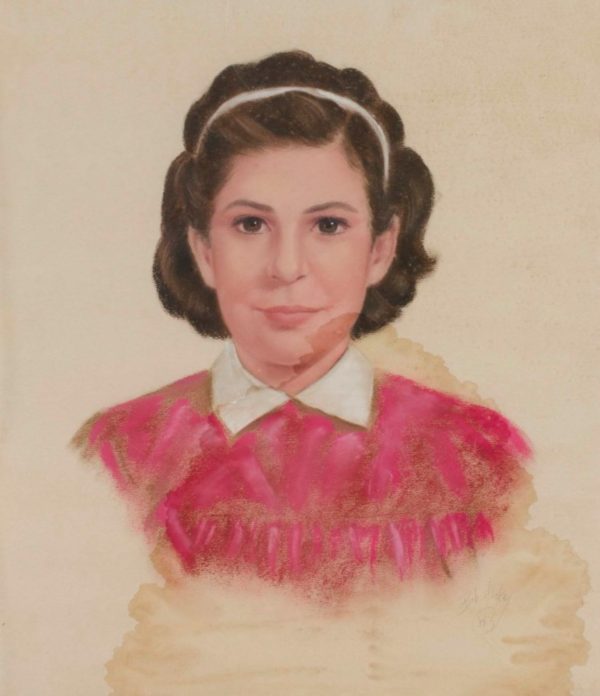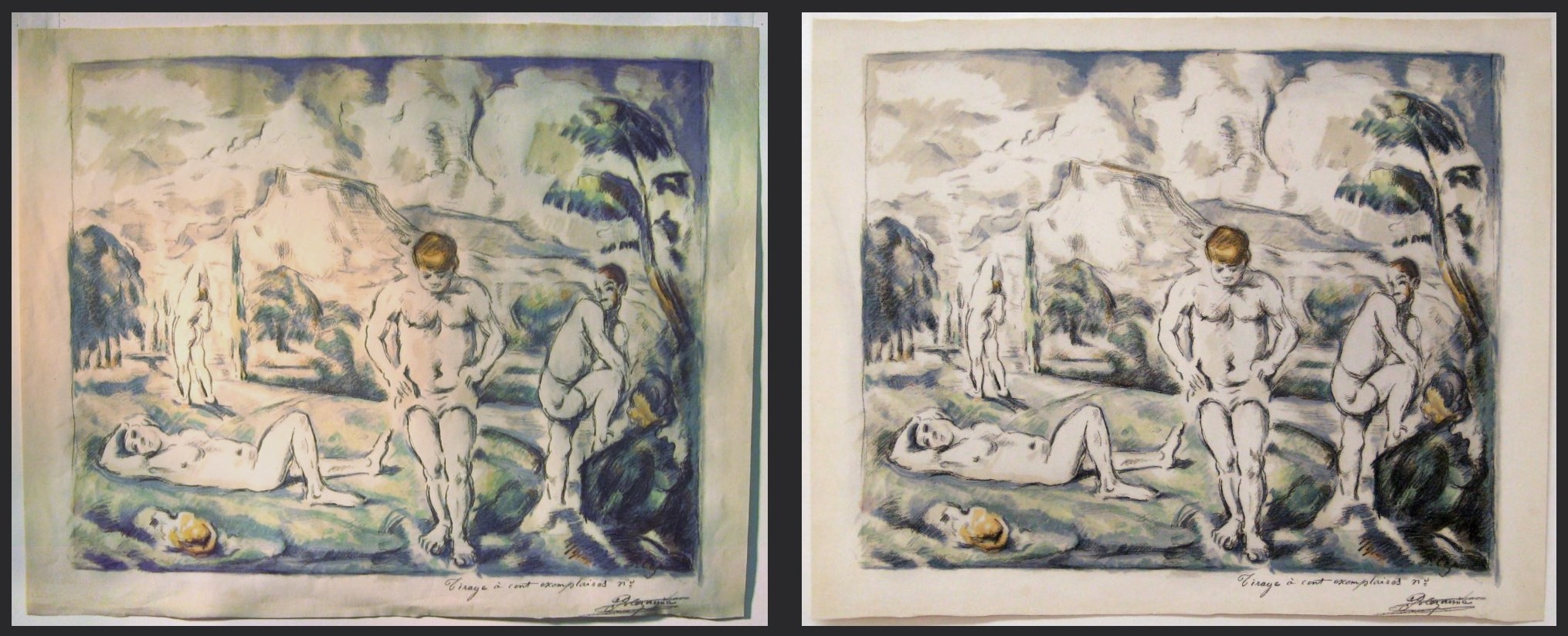Water can enter your home through a variety of ways. If you have a leaky roof or an ice dam, you could potentially have water running down the walls of your home. Sometimes the water on interior walls is very noticeable and other times not so much. If the water stays on the inside of the walls, can be so subtle that it may not present itself with any staining, but will instead produce walls that are damp.
It can sometimes take a while before you notice anything. During storms and periods of heavy rain, take a few minutes and check your walls to make sure that you do not have any water issues.
If you live in an apartment building, sometimes an issue with a water heater or overflowing bathroom fixture in a unit above you can cause water related problems for the residents below.
Of course, basements become flooded as well. In general, it is always a good idea not to store artwork in basements, as these spaces tend to be moist and humid, even in the absence of flooding. This excess moisture can cause various issues with your artwork, including the proliferation of mold.
These general recommendations are intended to provide practical guidance in the recovery of water-damaged objects.
Using the following procedures listed below will help to stabilize water damaged art and prevent further damage from occurring; once the artwork has been stabilized, consult with a conservator for recommendations regarding any conservation or restoration that may be necessary. Please consult with a Conservator before attempting any procedures that may result in further damage to a work of art.
INITIAL STEPS TO TAKE
-Remove the artwork from the source of the water problem
-Try to control or eliminate the source of the water problem
-Lay the artwork on a dry flat surface and evaluate the extent of the damage
FRAMED ARTWORKS
Remove the frame from your paintings; Water can weaken the bond between the paint film and the ground used to prepare the canvas; therefore, keep wet paintings horizontal and paint-side up.
ART ON PAPER OR PHOTOS
If possible, remove artwork from the frame and follow the procedures for air drying listed below; use extreme caution when attempting to remove the artwork from the frame, as most art objects become weaker when they are wet; the artwork is most likely attached to the matting and backing boards with an adhesive; these adhesives could prove problematic to remove; if the artwork does not come easily out of the frame and or you get resistance when attempted to disassemble the artwork from the matting and backing boards, stop and have the artwork evaluated by a conservator prior to further disassembly; it is better to leave a work on paper in a wet state temporarily rather than risk tearing it.
If an image appears stuck to glass/glazing, leave in frame and dry glass-side down.
PHOTOGRAPHS
Thoroughly wet photographs can stay wet in a container of clean water. Dry or freeze within 48 hours. If possible, interleave photographs with wax paper prior to freezing. Freeze or air dry damp or partially wet photographs.
BOOKS IN QUANTITY
Remove two or three books from each wet or partly wet shelf (to relieve pressure). Evacuate completely or partly wet books. Pack snugly, spine down, and freeze. Leave damp books on shelves if space can be kept cool and dry. Contact a commercial dehumidification firm if space has been flooded.
INDIVIDUAL BOOKS
Air dry, stand upright, and open covers gently to support book.
DOCUMENTS / PAMPHLETS
Remove plastic covers. Air dry flat, in piles no thicker than 1/8″ within 48 hours; or pack snugly, upright in original folders (if no folders, pack flat) and freeze.
TEXTILES
Air dry or bag wet textiles in plastic and freeze. Briefly immerse partially wet textiles in clean water, blot, and air dry or freeze.
FURNITURE
Lift furniture above water level. Dab dry with clean cloths. If mud-covered, rinse immediately with clean water. Wrap with plastic and dry slowly, under weights if possible. Leave drawers in place but remove contents.
BASKETS
Pad basketry with uninked newsprint, keep lids on, dry slowly.
LEATHER
Shape, pad, and air dry.
METAL
Dry metal as quickly as possible, using fans and/or sun.
TESTIMONIAL
Just to let you know that the icons arrived, safe and sound. I’m very pleased with the work. My thanks to all who helped to make this project possible.



BASIC DRYING PROCEDURES FOR WATER DAMAGED ART
Mold growth will be diminished by reducing the temperature and humidity and by promoting air circulation where the damaged artwork is being stored; air dry your art objects;
Air Drying means finding a cool, dry space with fans. Use an absorbent material (uninked newsprint, blotters, paper towels) under the objects being dried; replace absorbent material as it becomes wet; for wet books, documents, photographs and textiles: if these cannot be air-dried within about 48 hours, freeze them.
If freezer is unavailable, keep the objects as cool as possible with air circulation until air drying is possible. Expect mold growth.
Since most materials become significantly weaker when wet, do not hang wet objects without a conservator’s advice.

Paul Cézanne (1839-1906), lithograph damaged by water, before and after restoration
INSURANCE COVERAGE FOR WATER DAMAGED ART
If you suspect that your damaged artwork may be a covered loss, inform your insurance company as soon as possible.
Most homeowners do have some sort of insurance coverage for the contents of their homes. That contents insurance is applicable to artwork as well.
Please Note: You do not need to have your artwork scheduled and listed separately to qualify for insurance coverage for artwork.
Your artwork and family heirlooms do not have to be of high value to warrant being restored by insurance coverage.
Take photographs of the water related damages to your artwork
Whenever possible, accompany the insurance adjuster and all investigating persons and contractors, taking notes of conversations.
In order to process an insurance claim for damaged artwork, you will need to have a conservator evaluate the artwork and provide a written assessment of damages and cost estimates.

Life Magazine, December 1966
A Mission of Restoration After Italy’s Devastating Floods
Carroll Wales, Oliver Brothers Owner (1961- 1986)
took part in rescuing and restoring a great heritage
Google Books Life Magazine link
Contact Oliver Brothers or call us to schedule an appointment at 617-536-2323
"*" indicates required fields